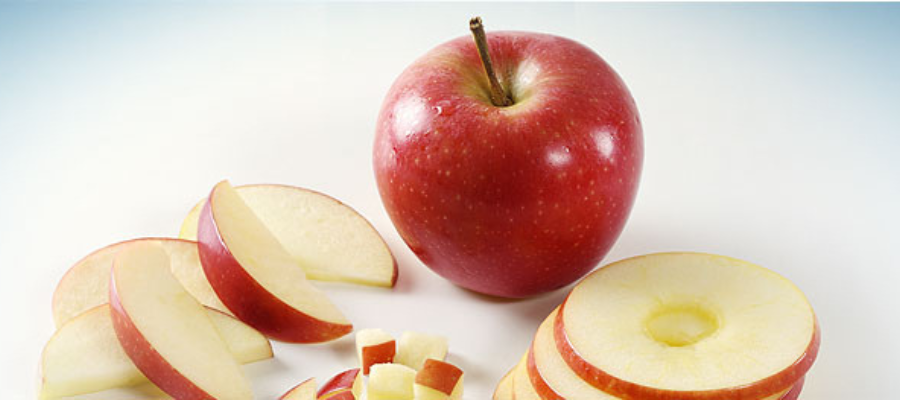 Health
Health
The Benefits Of Mindfulness And Meditation For Stress Management And Overall Well Being
July 19 , 25
In today’s fast-paced world, stress can feel like a constant companion. Juggling work, responsibilities, and endless to-do lists often leaves us overwhelmed and anxious. But what if there was a way to press pause—an approach to restore balance, calm the mind, and strengthen our emotional resilience?
That’s where mindfulness and meditation come in. These ancient practices have seen a modern revival, not just as trends, but as powerful, research-backed tools to reduce stress and improve mental and emotional well-being. In this blog, we’ll explore how mindfulness and meditation can transform your relationship with stress and provide you with practical steps to integrate them into your daily life.
The Science Behind Mindfulness and Meditation
Mindfulness and meditation aren’t just buzzwords—they’re supported by a growing body of scientific research that highlights their real impact on health.
Studies have shown that consistent mindfulness practice can:
- Lower stress hormone levels
- Reduce blood pressure
- Improve sleep quality
- Enhance emotional regulation
- Increase focus and mental clarity
These effects stem from activating the brain’s relaxation response, a physiological state that counteracts the body’s fight-or-flight reaction to stress. Over time, this leads to a more centered and calm nervous system.
In short, mindfulness and meditation empower us to respond to life with intention, rather than reacting out of habit or overwhelm.
Exploring Different Mindfulness and Meditation Techniques
One of the most beautiful aspects of mindfulness and meditation is that there’s no single “right” way to practice. There are various techniques to suit different needs, lifestyles, and personalities.
Here are a few you can try:
Mindfulness Practices
- Mindful Breathing – Simply focusing on your breath to ground yourself in the present.
- Body Scan – Bringing awareness to different parts of your body, helping you relax and notice tension.
- Mindful Walking – A moving meditation where you observe the sensations of walking.
- Mindful Eating – Fully engaging your senses with your food, slowing down, and appreciating each bite.
Meditation Techniques
- Guided Imagery – Visualizing peaceful scenes or experiences with the help of an instructor or app.
- Loving-Kindness Meditation – Sending goodwill and compassion to yourself and others.
- Mantra Meditation – Repeating a word, phrase, or sound to focus the mind.
Experiment with different methods and observe how they make you feel. Some techniques might resonate more deeply than others—and that’s perfectly okay.
How to Incorporate Mindfulness and Meditation into Your Routine
Adding mindfulness and meditation into your daily life doesn’t need to be complicated or time-consuming. Here’s how to start:
1. Start Small
Begin with just 3–5 minutes a day. Over time, you can gradually increase the duration as it becomes a habit.
2. Use Technology to Support You
There are many free and paid apps like Headspace, Insight Timer, or Calm that offer guided meditations for all levels.
3. Anchor to Daily Activities
Turn everyday moments into mindful ones. Focus on your breath while brushing your teeth, feel the sensation of water while washing dishes, or take a moment to pause and check in with yourself during breaks.
4. Set a Reminder
Schedule a consistent time each day—perhaps morning or bedtime—to build a routine that sticks.
Overcoming Common Challenges in Your Practice
Like any new habit, mindfulness and meditation come with challenges. Some common hurdles include:
A Wandering Mind
It’s completely normal! Instead of judging yourself, gently bring your focus back. Each time you notice your mind drifting, you're building awareness—that’s the practice.
Lack of Time
You don’t need an hour of silence. Even 1 minute of conscious breathing or mindfulness can make a difference.
Frustration or Impatience
Results take time. Think of mindfulness like training a muscle—the more consistent your effort, the stronger your ability to stay calm and focused.
Feeling Like You’re Not “Good” At It
There’s no perfect way to meditate. It’s not about emptying the mind, but learning to observe your thoughts without getting caught up in them.
Be kind to yourself and view each practice session as progress, no matter how small.
Why Community Support Matters in Your Mindfulness Journey
Although mindfulness is a personal practice, connecting with others can enrich your experience.
Benefits of Practicing with a Group
-
Motivation – You’re more likely to stay committed when practicing with others.
-
Shared Wisdom – Learning from others' insights can deepen your own practice.
- Connection – Knowing you’re not alone in your journey can offer emotional support and encouragement.
Look for local meditation groups, yoga studios, or online mindfulness communities on platforms like Facebook or Reddit. Many apps also host virtual group meditations that you can join from anywhere.
Conclusion: A Path to Inner Peace and Resilience
In a chaotic and stressful world, mindfulness and meditation offer something rare and valuable: the ability to slow down, reconnect with yourself, and cultivate inner peace.
These practices aren’t about escaping reality—they're about learning to live more fully in the present, with clarity and compassion. With time, patience, and support, mindfulness becomes more than a habit; it becomes a lifestyle—a way to meet life with openness, grace, and strength.
Start where you are. Take one mindful breath. And from there, build a life that feels more grounded, peaceful, and truly your own.
If You’re Ready to Begin…
-
Download a meditation app and explore a few guided sessions.
-
Choose one mindful activity (e.g., mindful eating or walking) to try this week.
- Consider joining a local or online mindfulness group to stay inspired and consistent.
Remember, every step—no matter how small—brings you closer to a calmer, more resilient version of yourself.
You may also like



